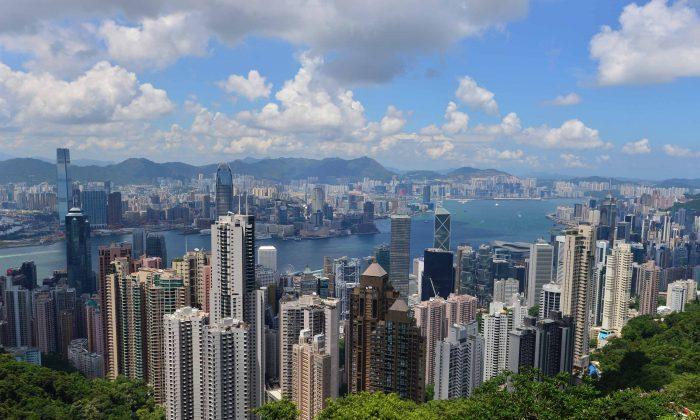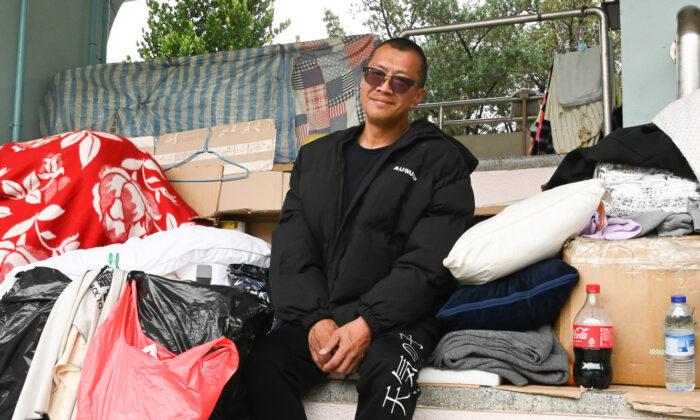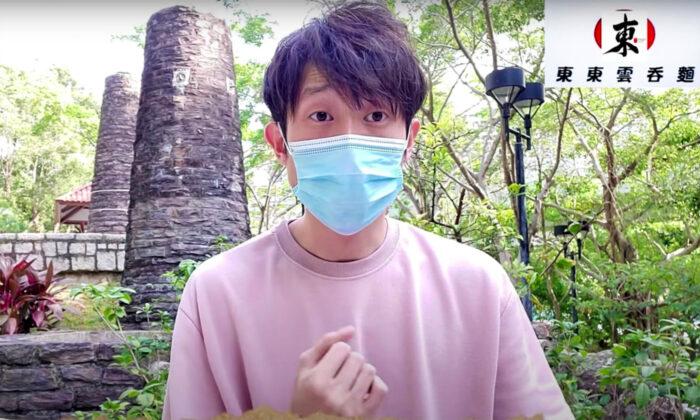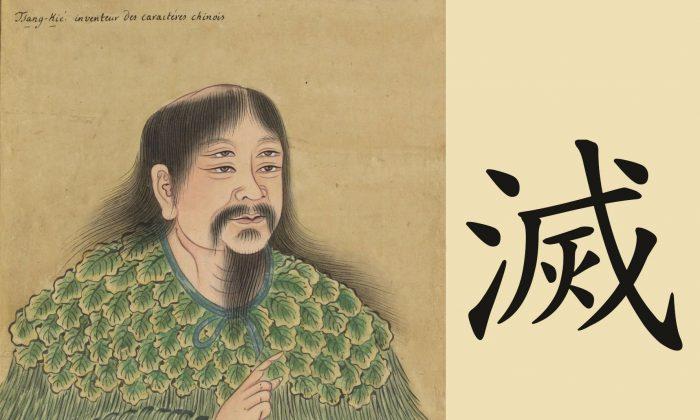Peak Road, located at the top of Victoria Peak in Hong Kong, is the world’s most expensive street, according to a Billionaire.com recent report.
The website takes into account recent property sales and shows the average price per square meter on each street tracked. Peak Road boasts an average property cost of US$114,000 per square meter winning over second-ranked Manhattan’s Upper 5th Avenue.
Unlike 5th Avenue, Peak Road contains mainly private residential properties. The road itself is narrow, twisty and tree-lined, infused with lush greenery, at times it is rather busy with people travelling to the Peak. The opulent residences are set high above the road or screened from view by thick vegetation producing secluded havens.

In 1868, Governor Sir Richard Graves MacDonnell decided to build a summer home at the almost inaccessible Victoria Peak, as a shield from heat before the introduction of air-conditioning, ceilings were high allowing the heat to rise.
Gradually, moving to The Peak became a fashion for prominent and wealthy gentlemen. Living in The Peak was proprietary rights for European expatriates. Chinese were not allowed to live there until the Eurasian, Sir Robert Hotung broke the ban by moving into 75 Peak Road in 1927.
Peak Road is only 3.7km long, running roughly east-west from Stubbs Road on the lower slopes to Victoria Peak. On the south side of the road are odd numbered properties and the ones on the north side are even numbered, Hong Kong’s road signs follow the British Standard.
Peak Road numbers 1 and 75
No.1 Peak Road located on the lower slopes, next to the Police Museum, was from 1985 to 1996 the residence of well-known martial arts and chivalry novelist Dr. Louis Cha, better known by his pen name Jin Yong.
It is said that after Dr. Cha bought the house, he and his wife were hesitant to move in, because roads faced straight-on to the main gate of the house, they worried it was bad Feng Shui, but after a Feng Shui master proclaimed the house to have lucky Feng Shui, Dr. Cha and his wife moved in with peace of mind.

The owner of 1 Peak Road now is businessman Cheung Chung-kiu, who is dubbed “Chongqing’s Li Ka-shing”. He is also the new owner of Ho Tung Gardens, 75 Peak Road which claims the top spot for property prices after the US$650 million deal in February this year. This is the largest deal in the history of Hong Kong’s residential market.

The previous owner of 75 Peak Road is Ho Min-kwan, granddaughter of Sir Robert Hotung, daughter of Kuomintang General Ho Shai-lai.
Peak Road numbers 60, 82 and 84
Located at 60 Peak Road is a European-style luxury mansion, currently owned by William Doo Wai-hoi JP, son-in-law of Hong Kong tycoon Cheng Yu-tung. William Doo bought the estate in 1997 and started to rebuild it in 2000, a task that took 11 years to complete. In the meantime, William Doo was appointed Honorary Consul of Morocco in Hong Kong, so 60 Peak Road is also the Office of the Consulate of Morocco in Hong Kong.

VILLA ROSA, 82 Peak Road, is located in the most privileged and peaceful hilltop location, overlooking the calm South China Sea, belongs to philanthropist Sally Wong Leung’s family, they are relatives to the former Chief Secretary Anson Chan, “Hong Kong’s conscience”.

VILLA ROSA’s good neighbour, 84 Peak Road belongs to the Nan Fung Group, there are a total of 4 detached houses with each house having its own private garden, swimming pool and Jacuzzi, each house attracts a monthly rental of around US$64,000, PCCW’s chairman Richard Li used to be one of the tenants.

Birth of Peak Tram
In the early 1880s, Hong Kong’s population had grown to 170,000, from less than 2,000 people in 1842 when Hong Kong first became a British colony, there were 30-40 families living on the Peak, many of them traversed up and down the steep Peak paths by sedan chair.
In 1881, Alexander Findlay Smith, who had worked for Scotland’s Highland Railway, made a petition to the Governor, Sir John Pope Hennessy, to operate tram routes.
In 1888, the Peak Tram was built with a 1.4km track, with the tram cars pulled by steel cables (as they are today), on a slope rising from 28 meters to 396 meters above sea level: the first of its kind in Asia. The Peak has attracted many prestigious residents since then, and it is now a popular tourist destination claiming more than 7 million tourists every year.

Endpoint of Peak Road
At 118 Peak Road, The Peak Galleria, is a leisure and shopping complex. The site previously accommodated the Peak Hotel owned by Alexander Findlay Smith, unfortunately, the hotel was destroyed by fire in 1938. The Peak Galleria’s free viewing deck on level 3 is a must- go place for visitors.

The Peak Lookout restaurant at 121 Peak Road, is an historic building, during the construction of the Peak Tram, it was used as working and sitting areas for the British engineers, and later changed to a restaurant. There is an old Royal Mail postbox in front of the restaurant, on the cylinder body is the sign “ER II ” designating Elizabeth Regina II.

(Bill Cox/Epoch Times)

On walking to 128 Peak Road, the Peak Tower, you have come to the endpoint of Peak Road, though, you can still take the escalator to the top of the Tower which stands at a height of 428 meters above sea level. From the Sky Terrace one can take in a breathtaking panoramic view of the city, Victoria Peak landscapes and seascape to the south and east.






